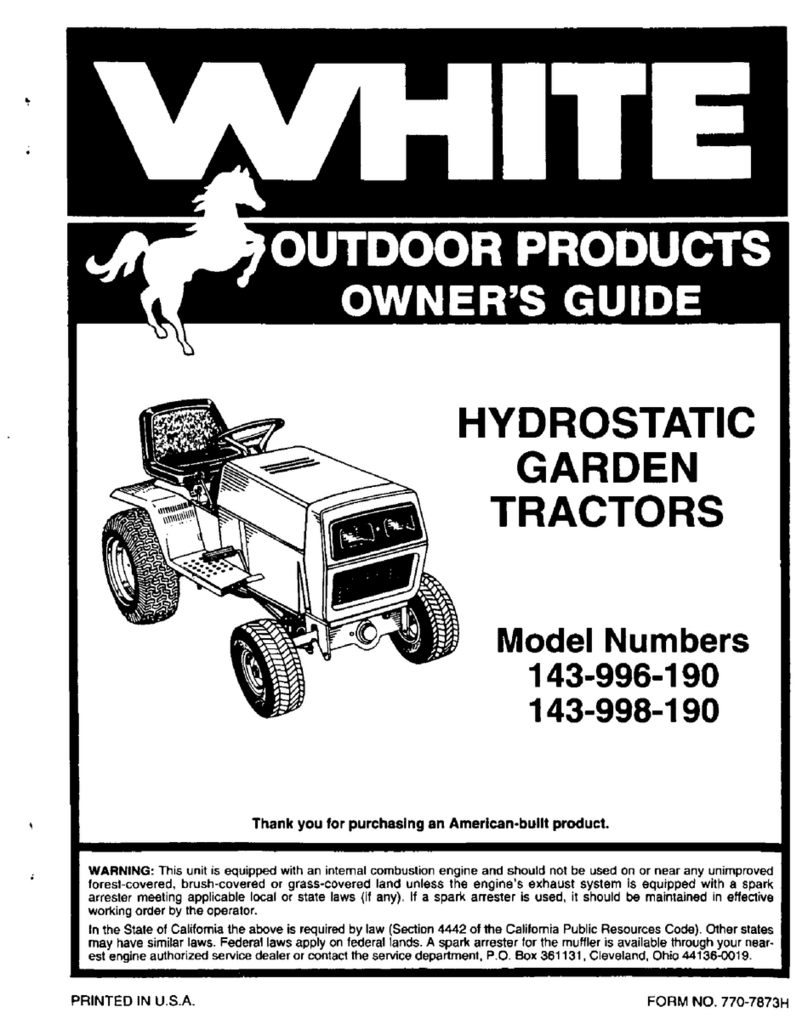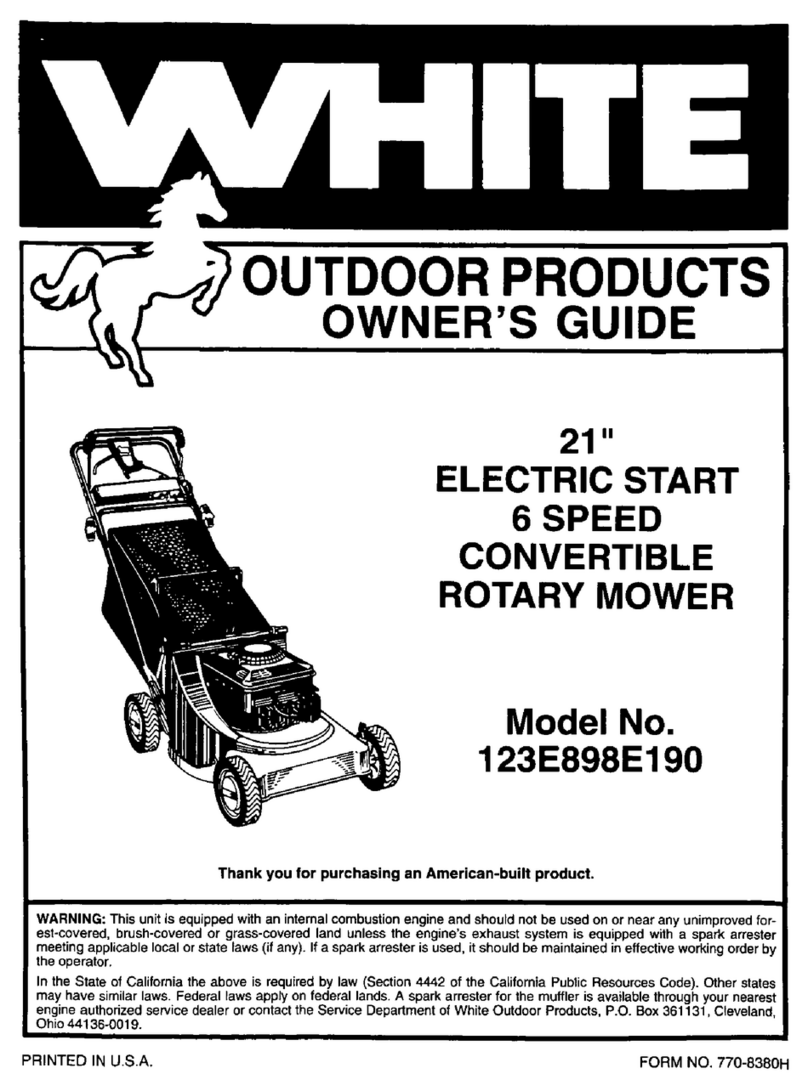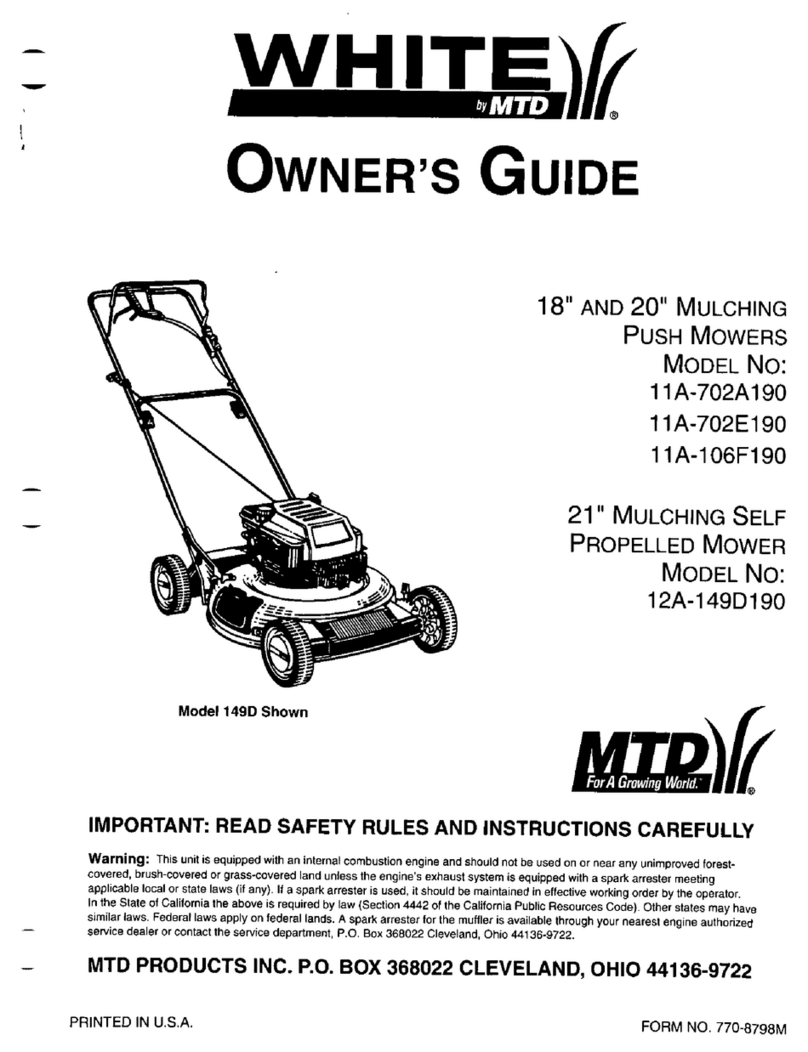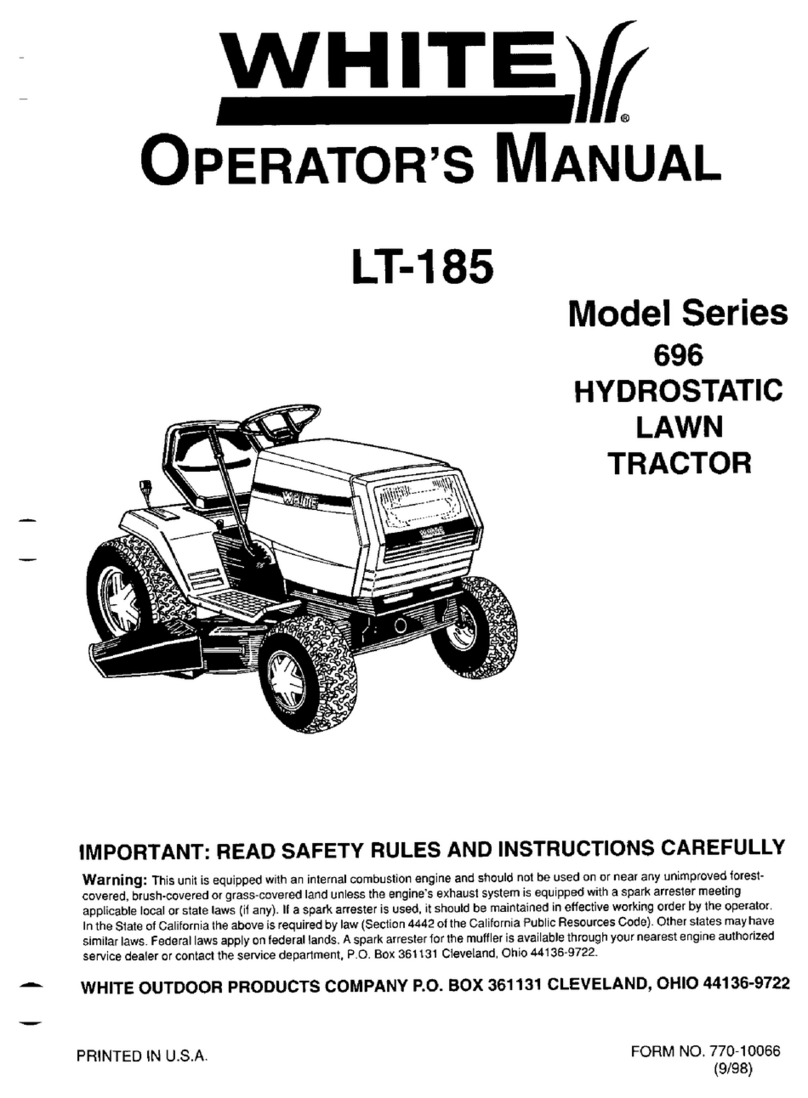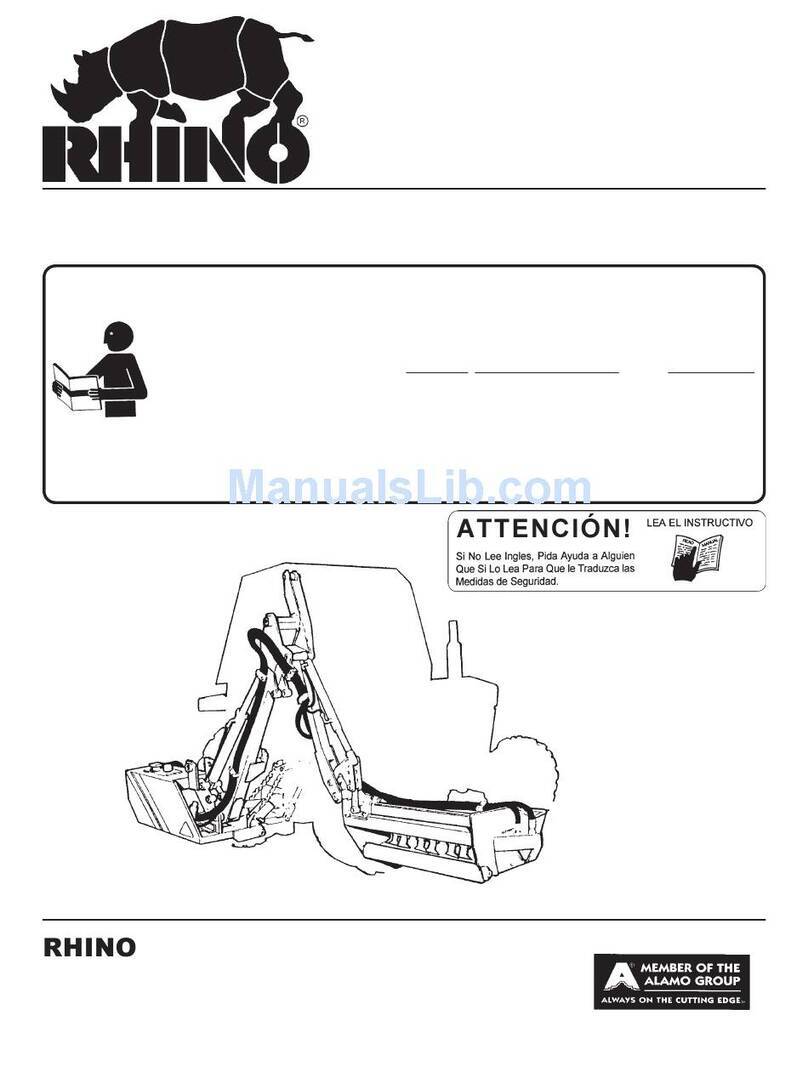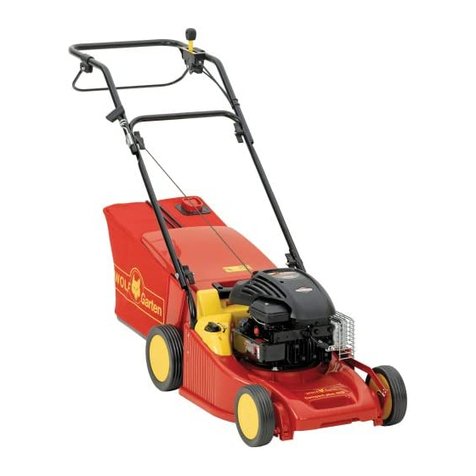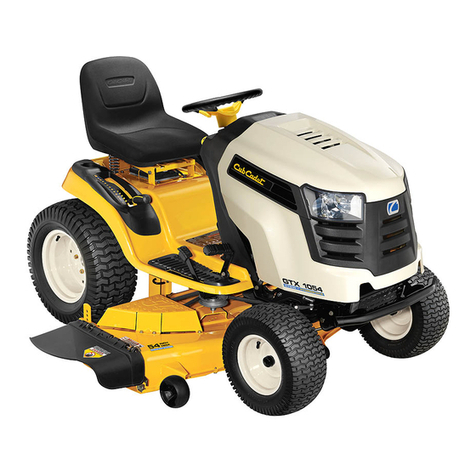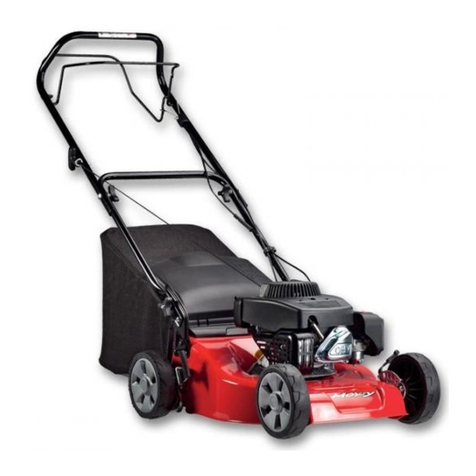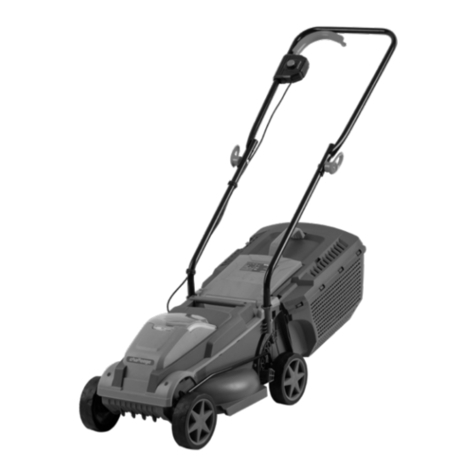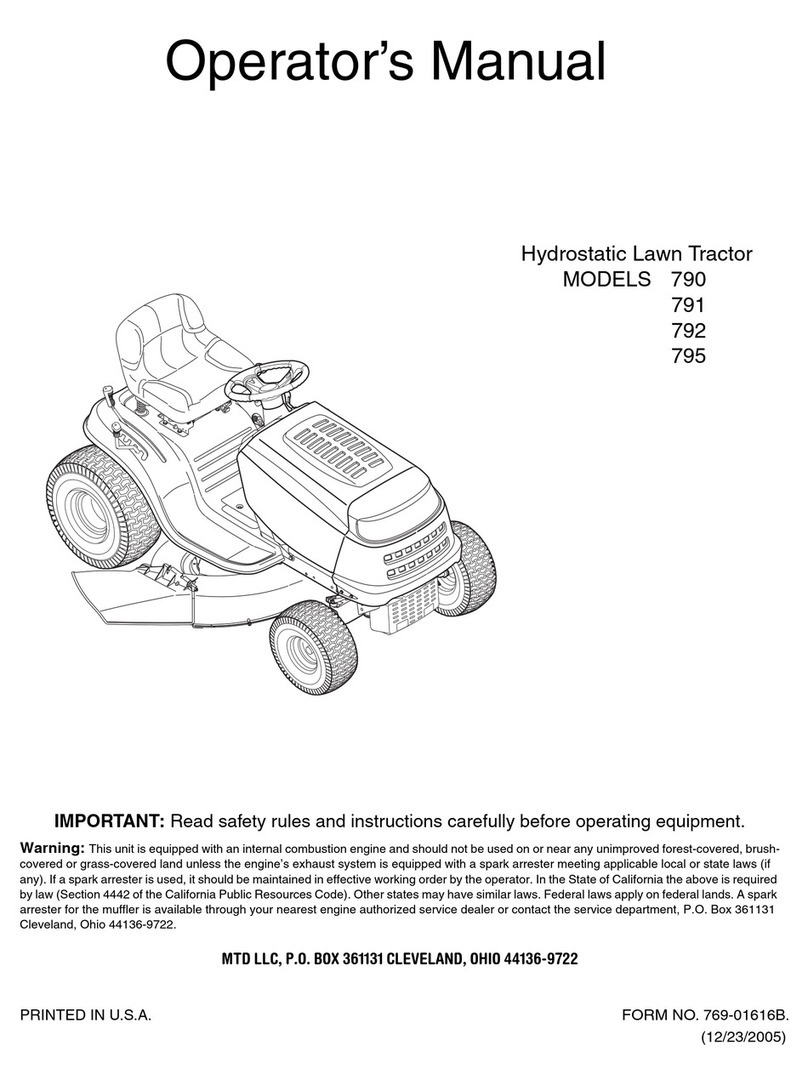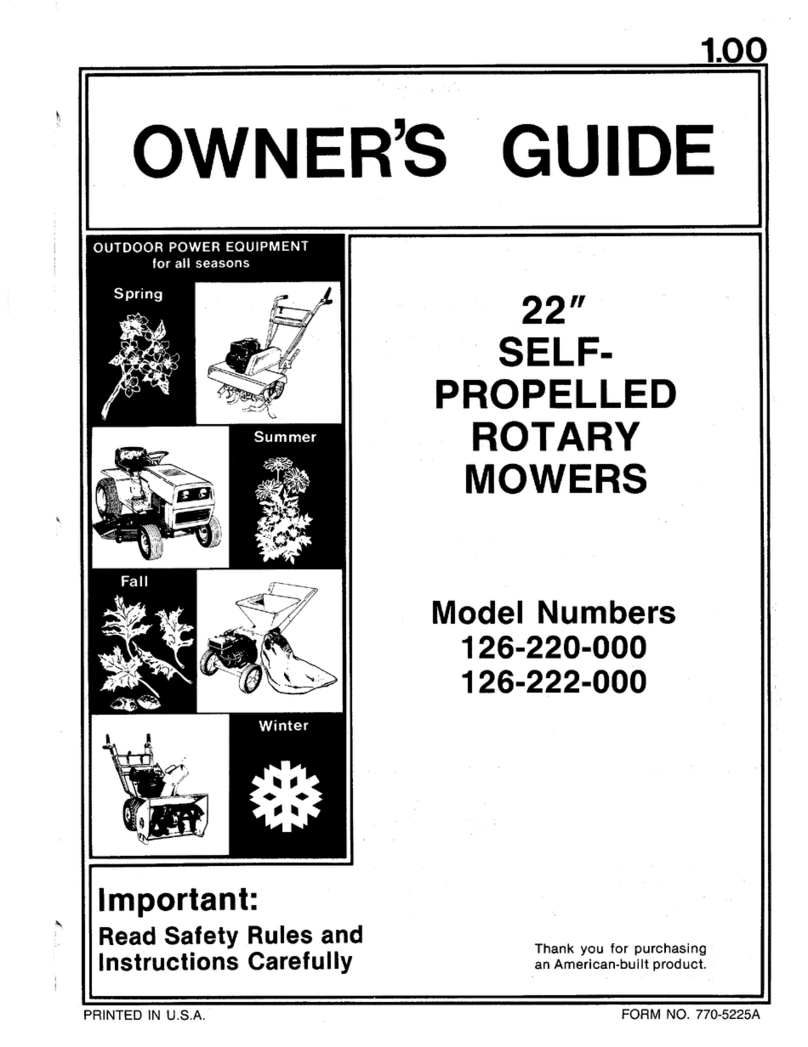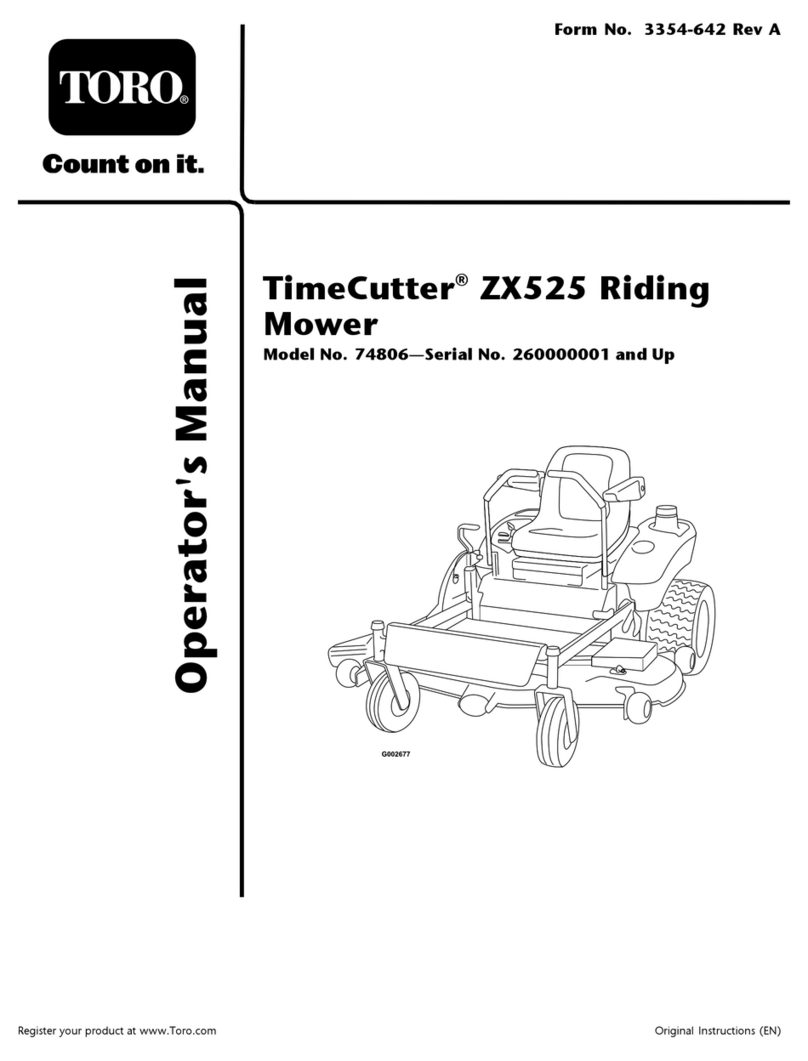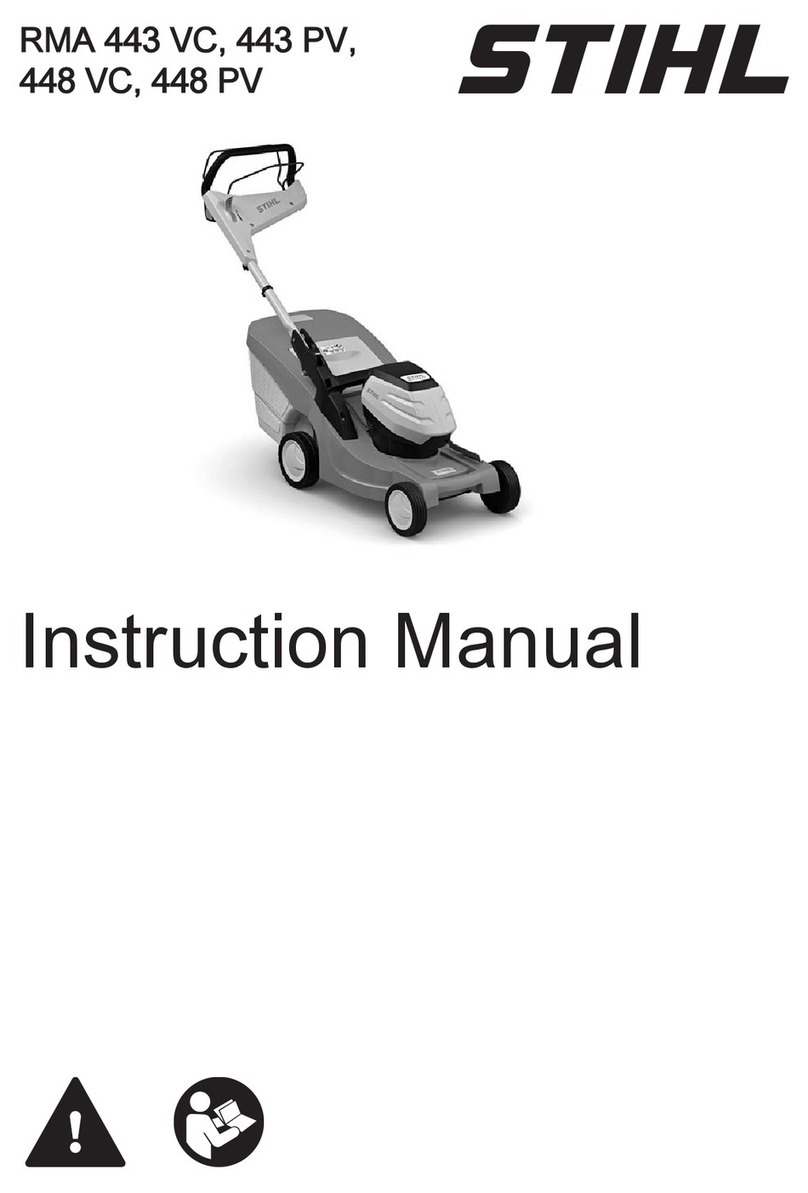White LGT-165 User manual
Other White Lawn Mower manuals

White
White Lawn Boss 118-434R190 User manual
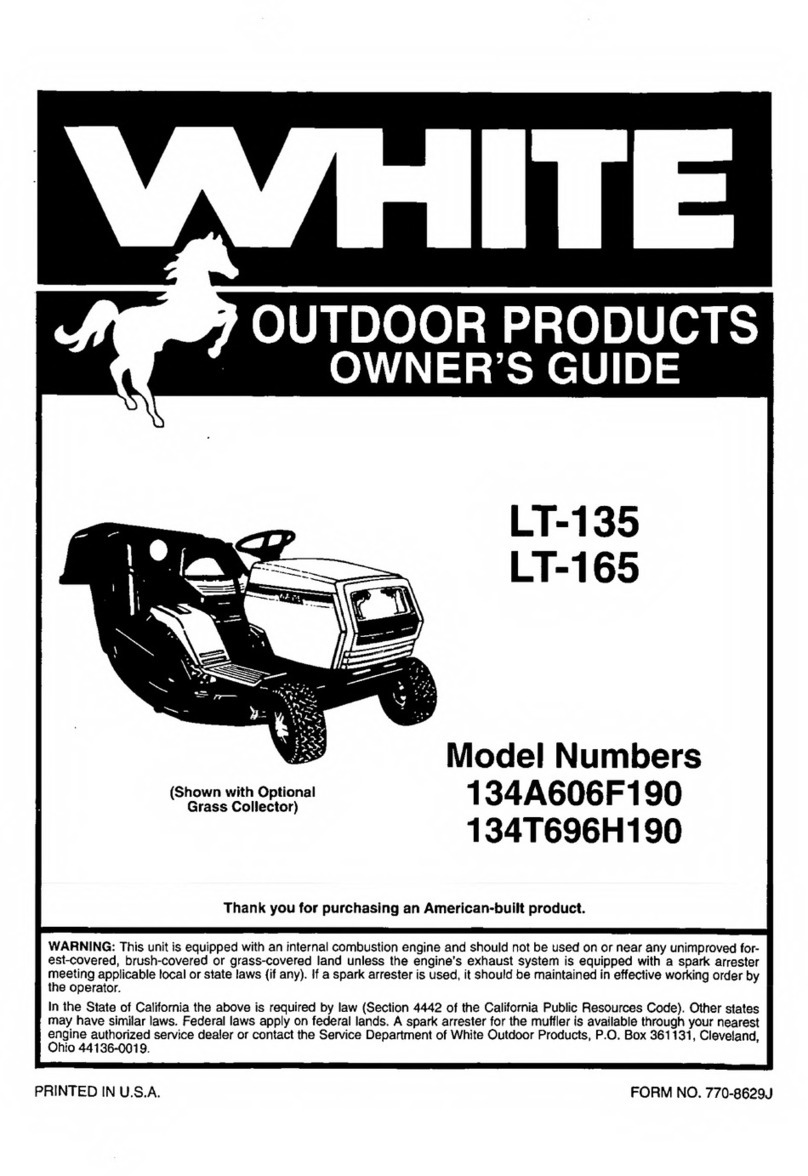
White
White LT-135 User manual
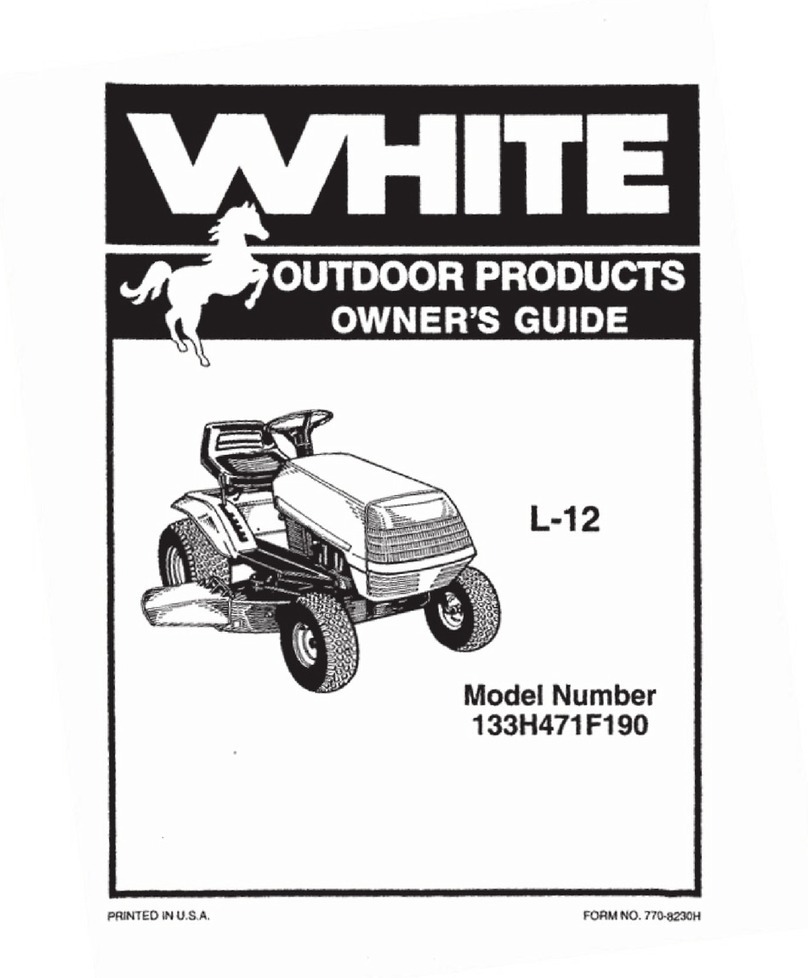
White
White L-12 User manual
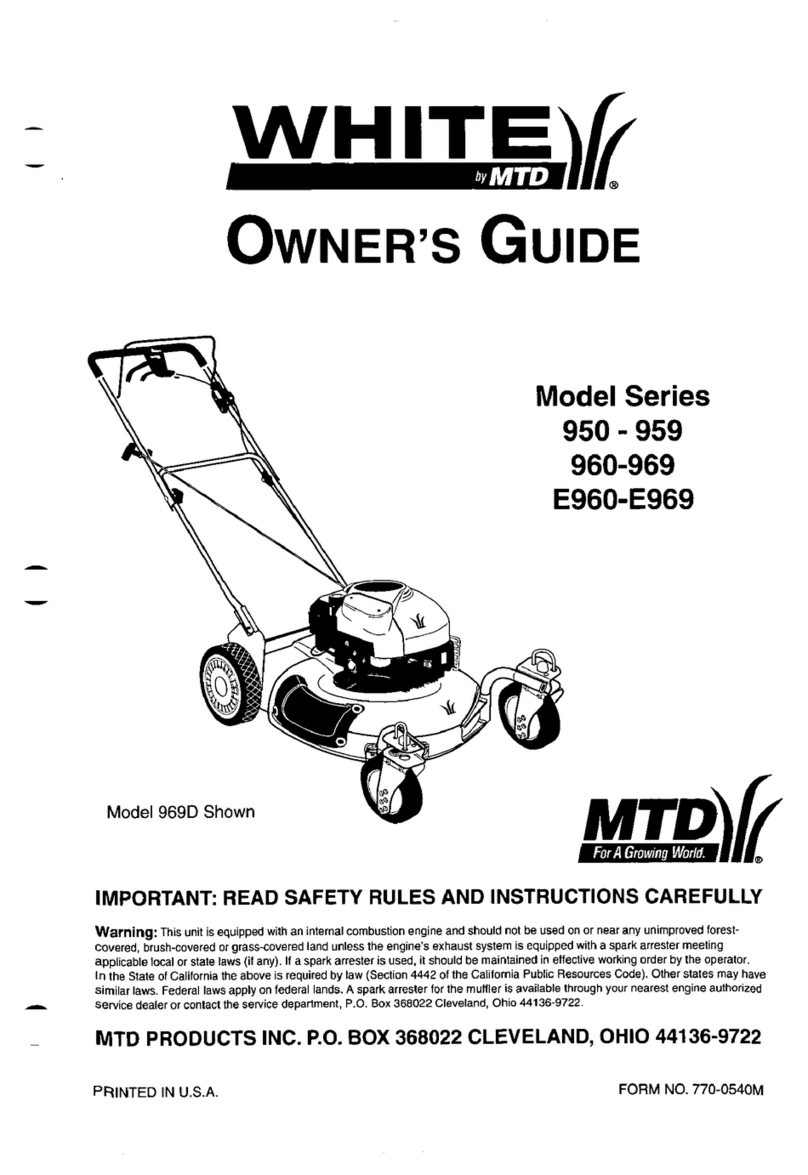
White
White 950-959 Series User manual
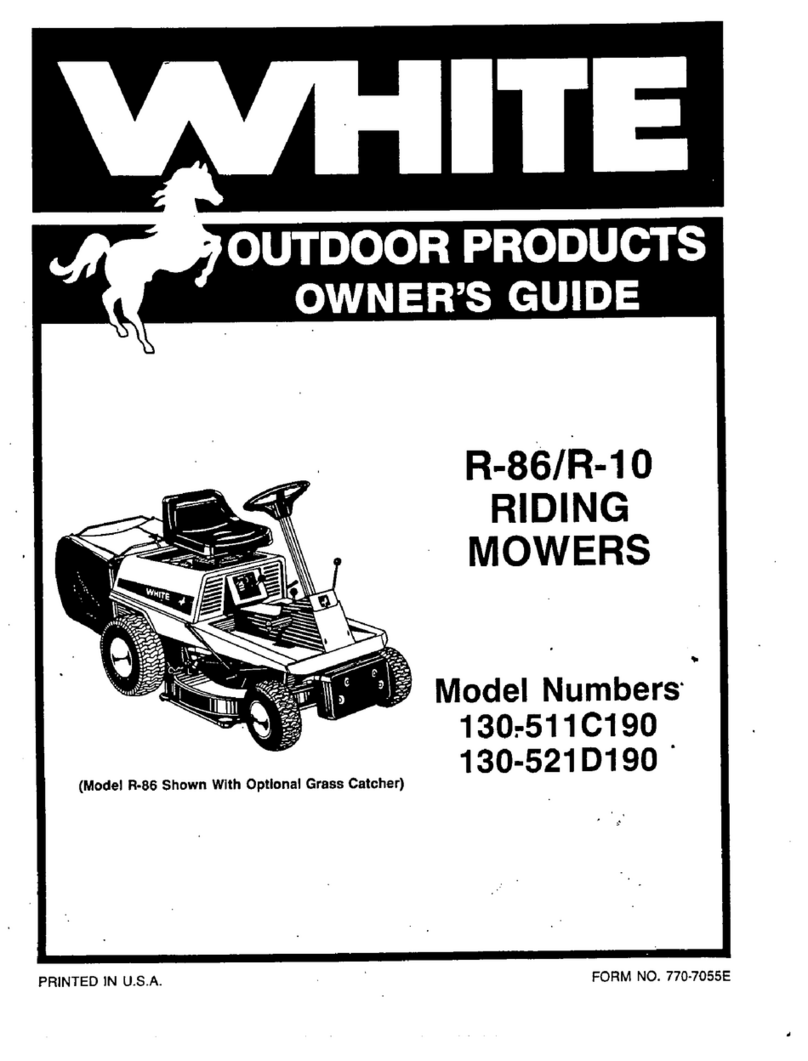
White
White 130-511C190 User manual

White
White FR-12 User manual
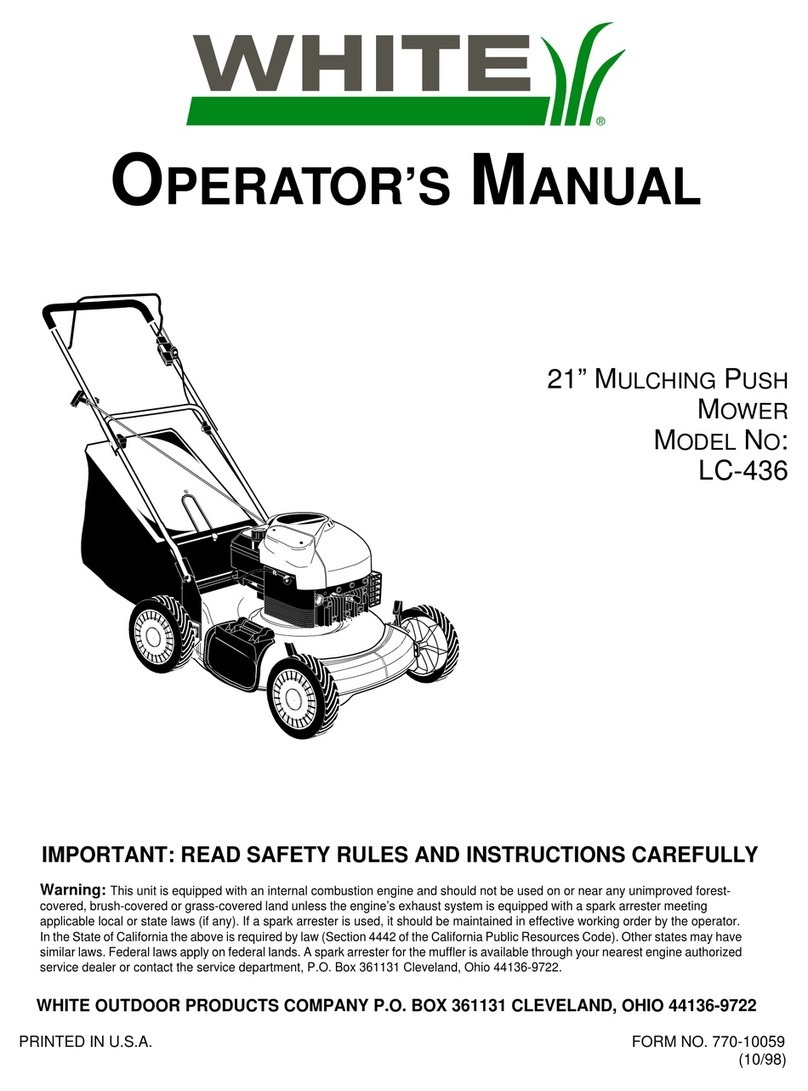
White
White LC-436 User manual
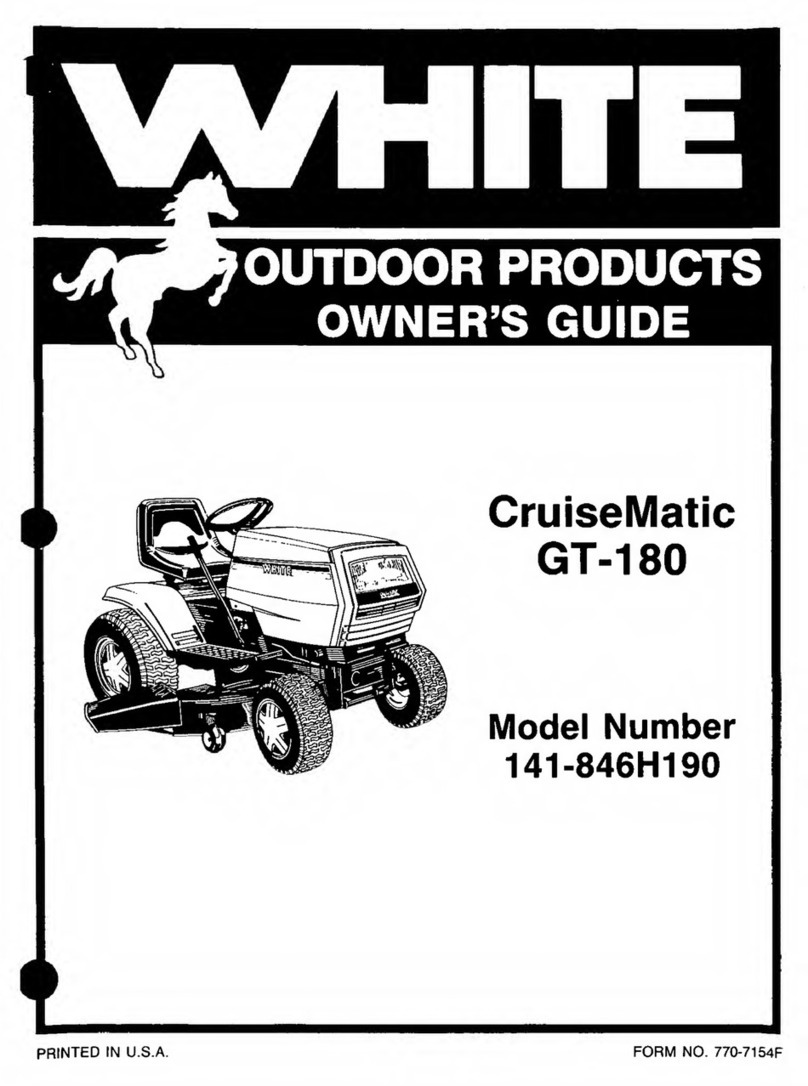
White
White CruiseMatic GT-180 User manual

White
White 696 Series User manual
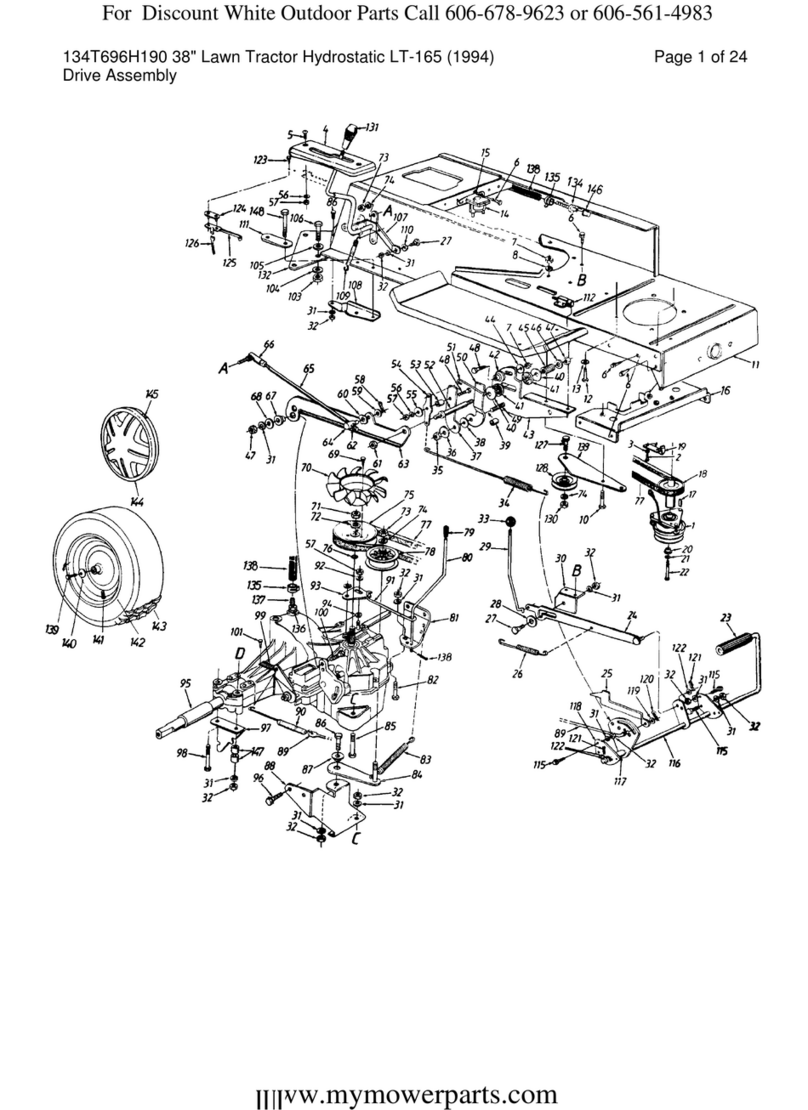
White
White Cell Phone User guide

White
White 11A-436F190 User manual

White
White 960-969 Series User manual
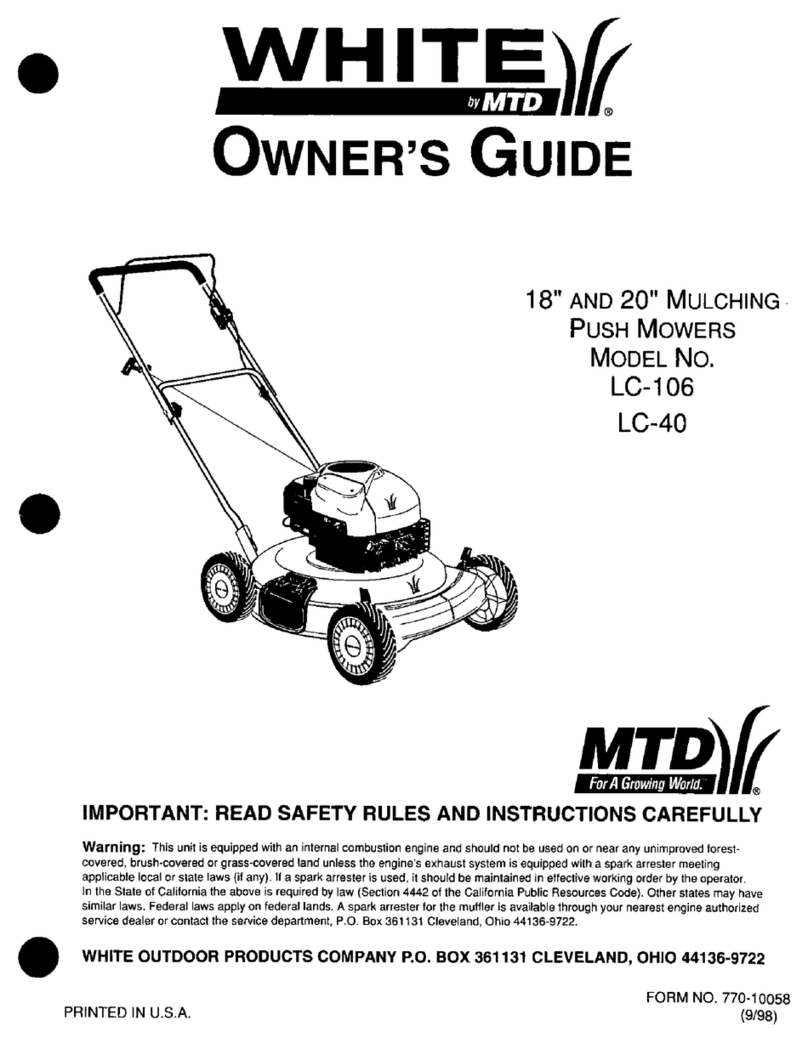
White
White LC-106 User manual
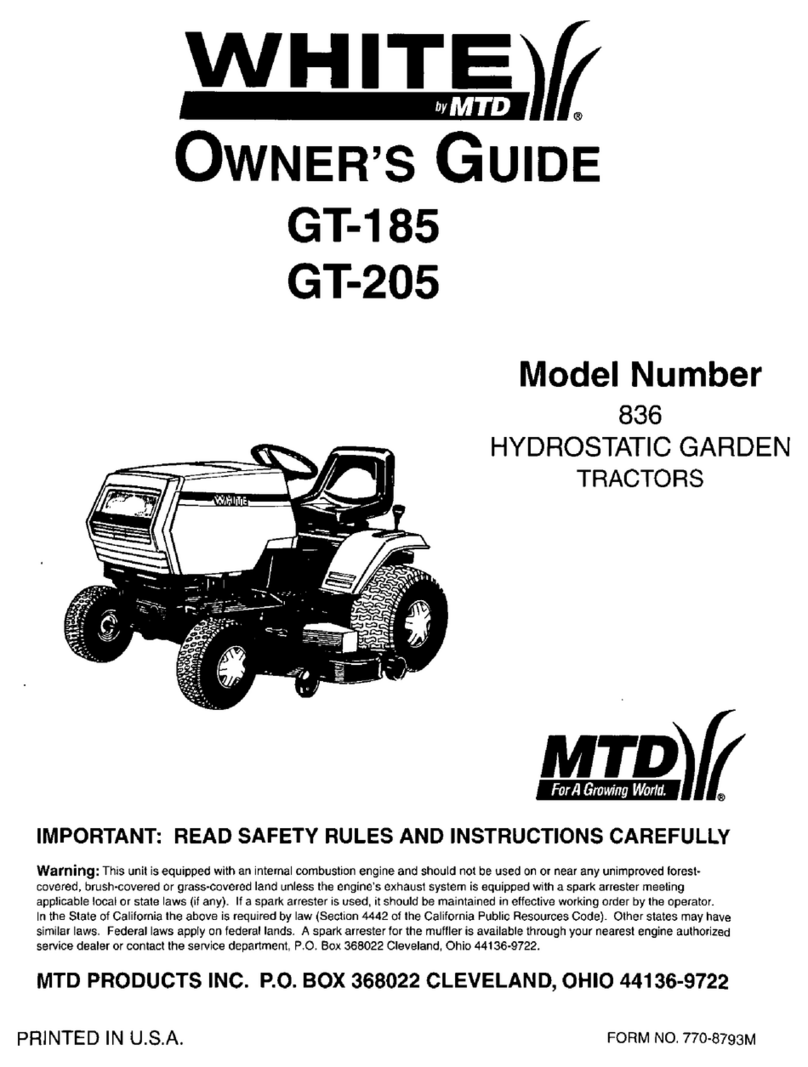
White
White 836 User manual

White
White 969D Shown User manual
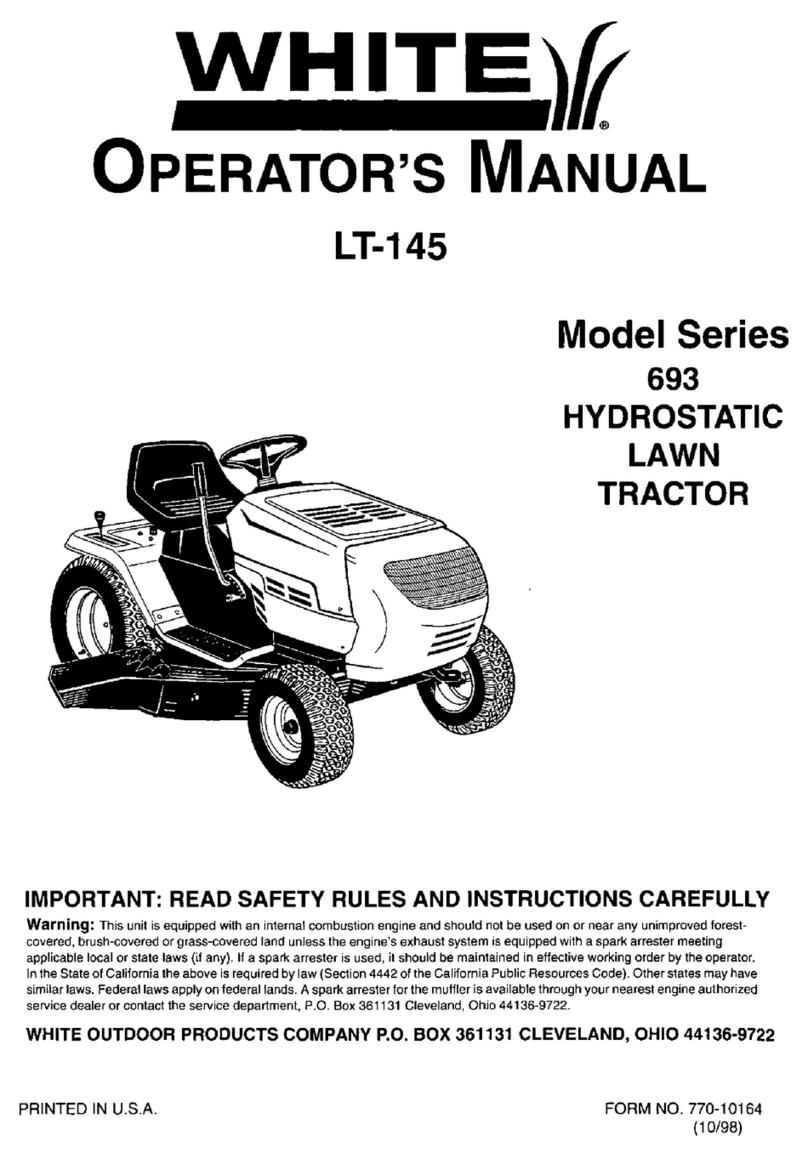
White
White 693 Series User manual
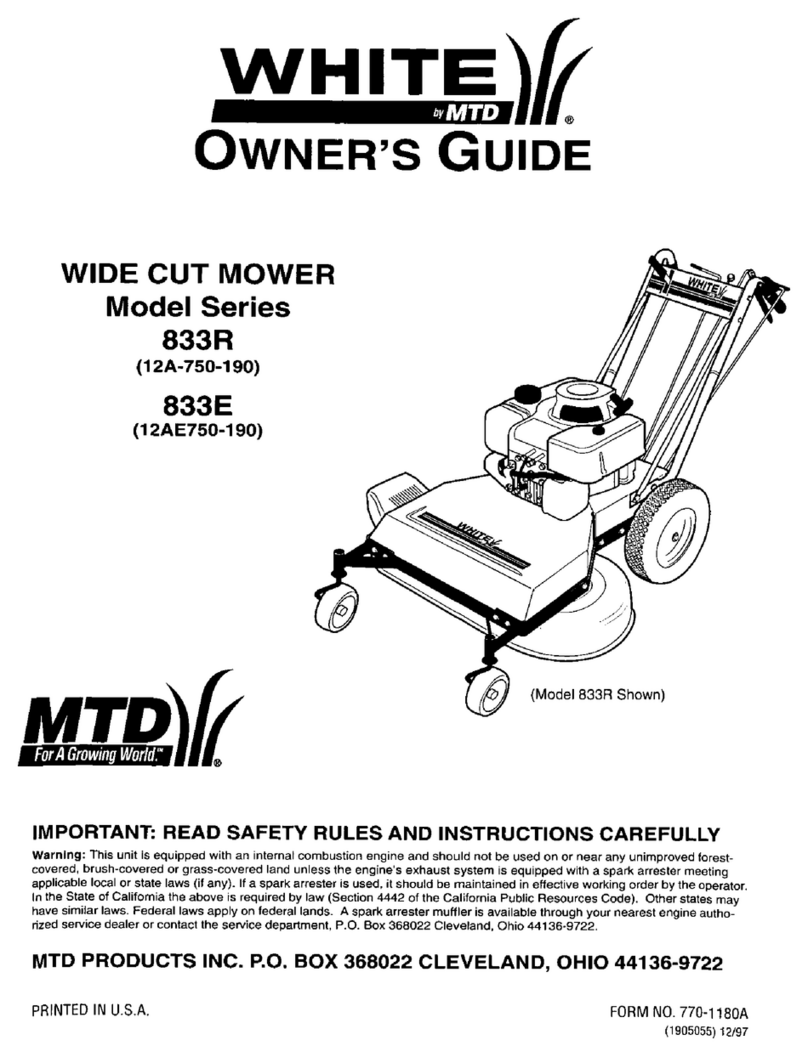
White
White 833E Series User manual

White
White snow boss 300 User manual
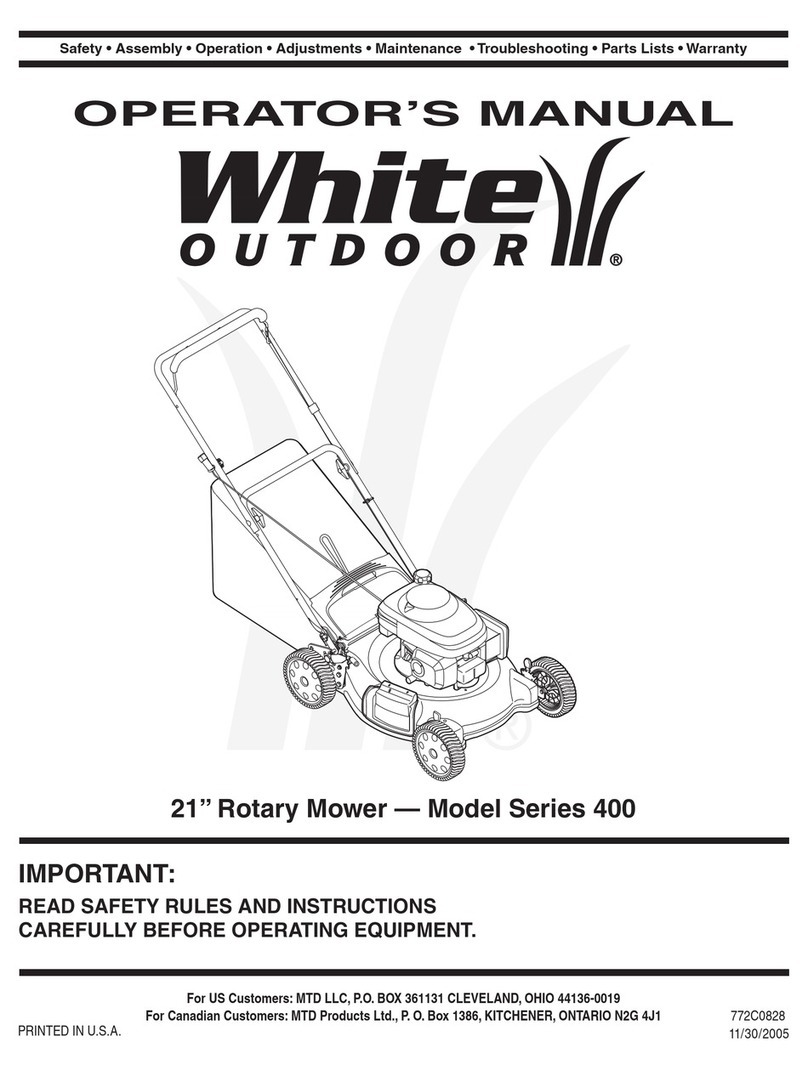
White
White 400 Series User manual
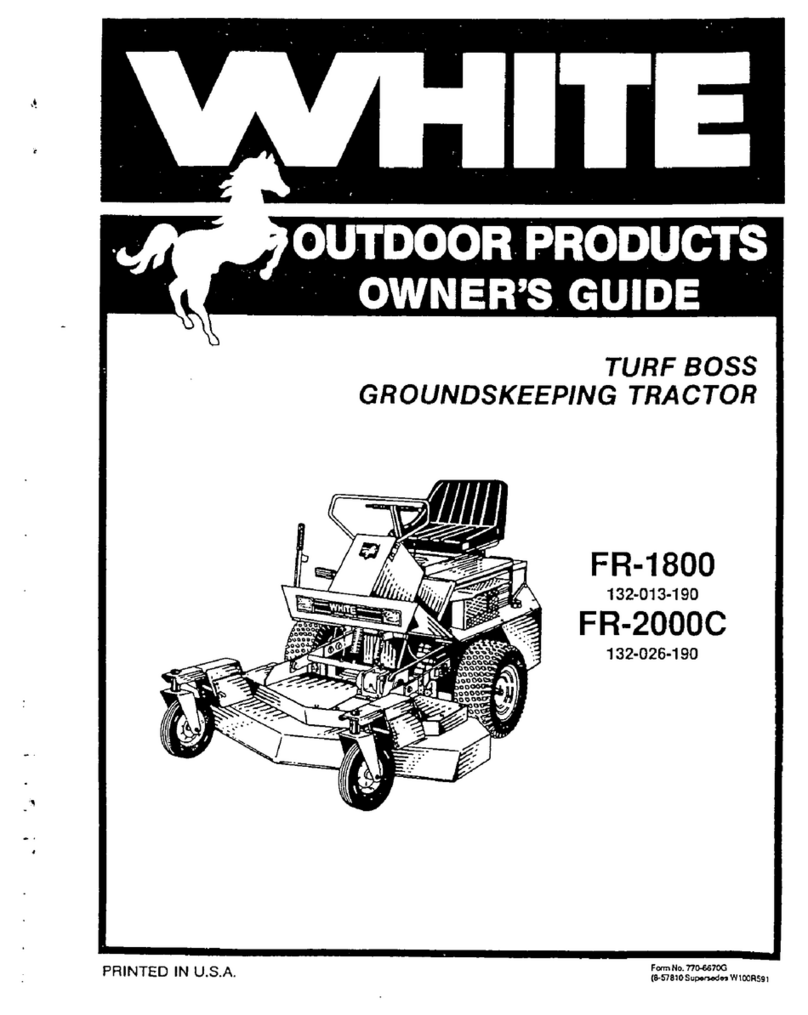
White
White FR-1800 User manual
Popular Lawn Mower manuals by other brands
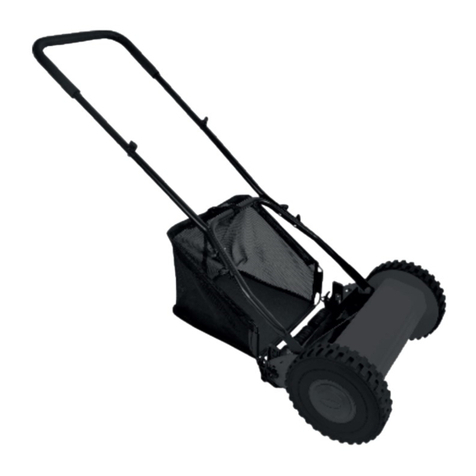
TALEN TOOLS
TALEN TOOLS AVR HGM30 manual
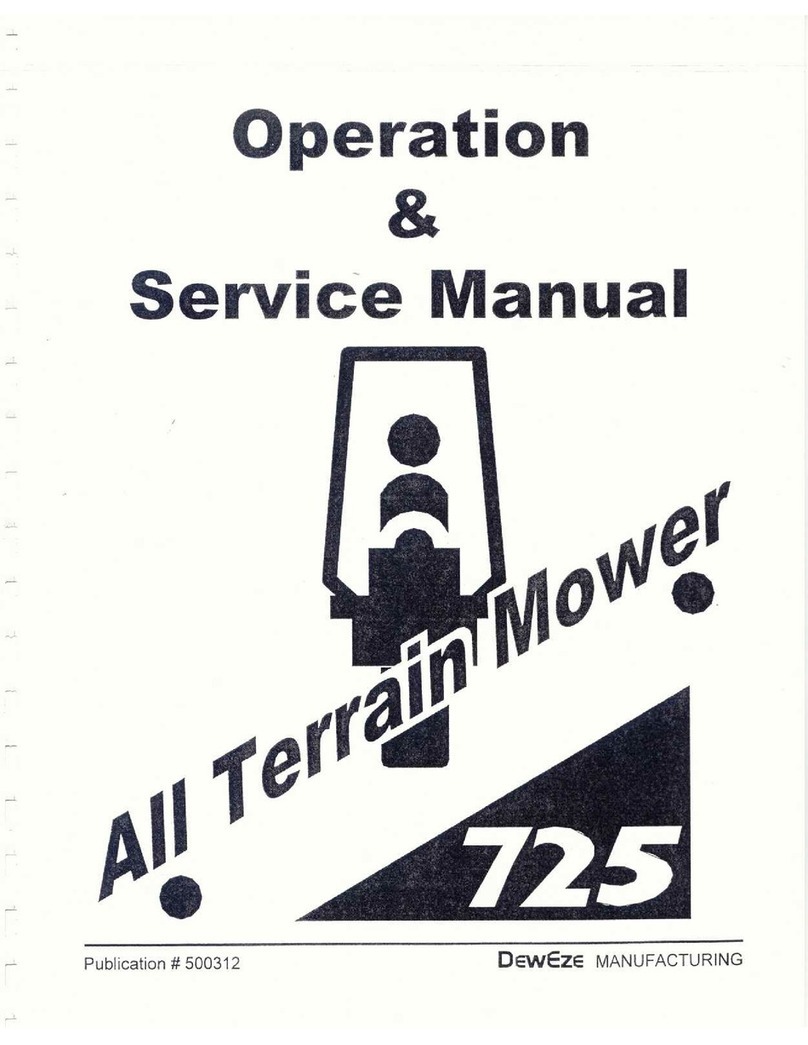
DEWEZE
DEWEZE ATM-725 Operation and service manual

Weed Eater
Weed Eater 180083 owner's manual
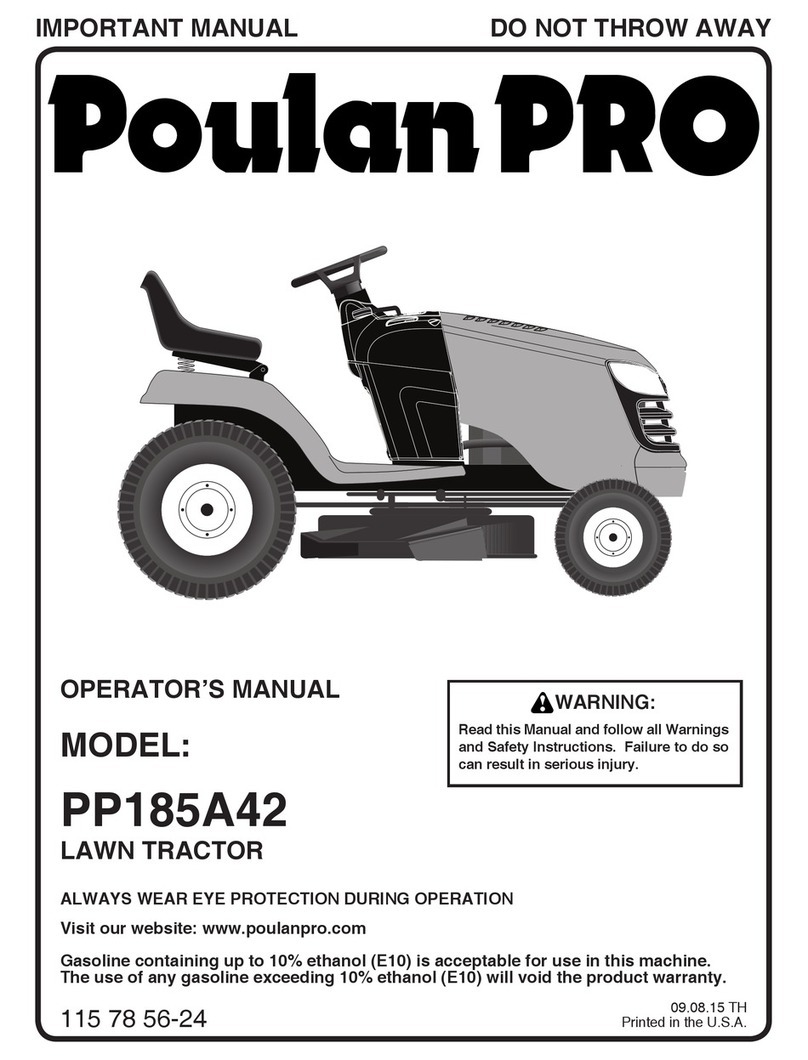
Husqvarna
Husqvarna Poulan Pro PP185A42 Operator's manual
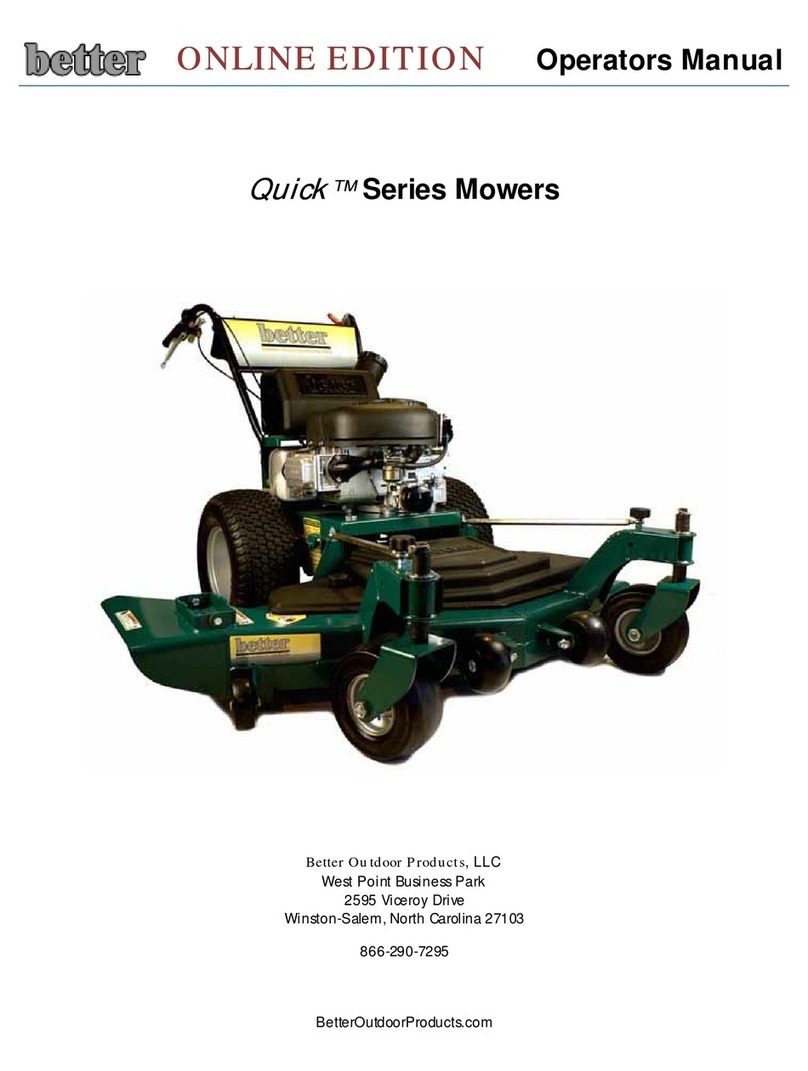
Better Outdoor Products
Better Outdoor Products Quick Series Operator's manual
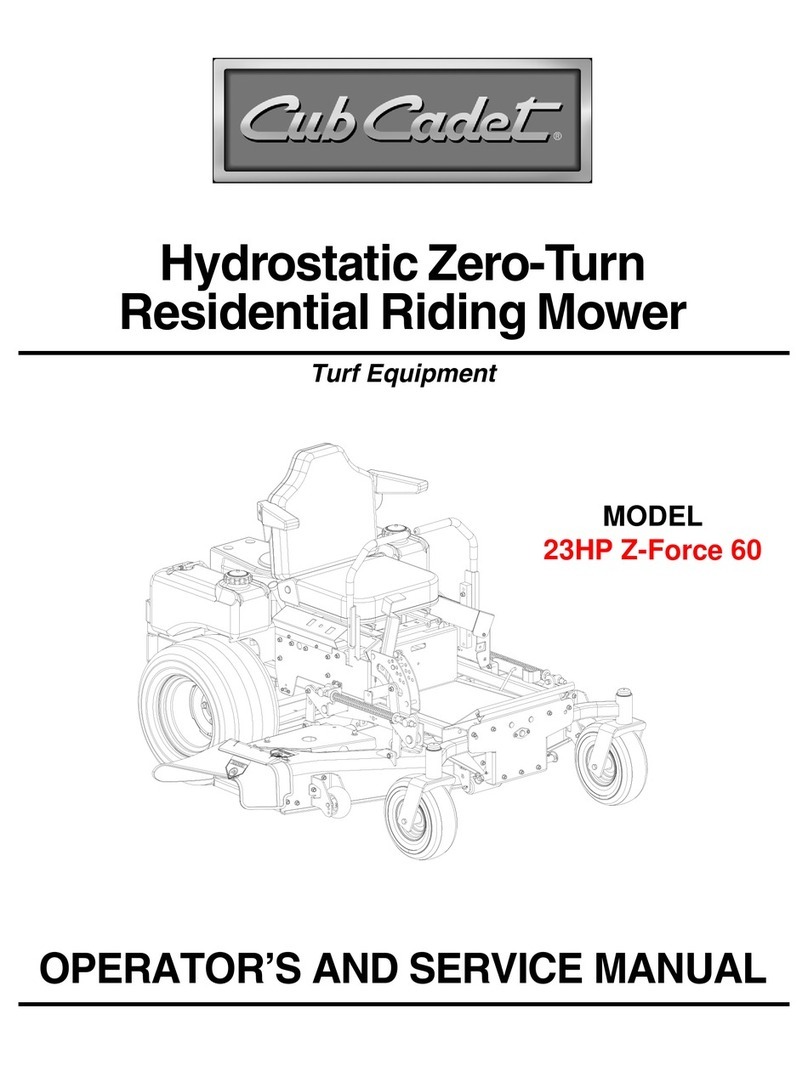
Cub Cadet
Cub Cadet 23HP Z-Force 60 Operator's and service manual
